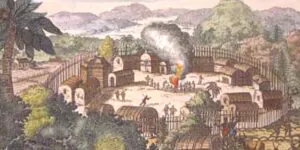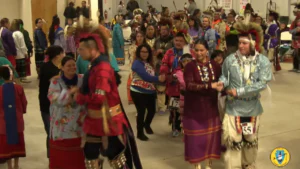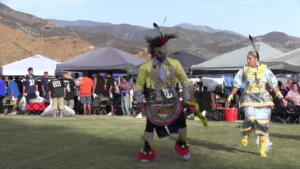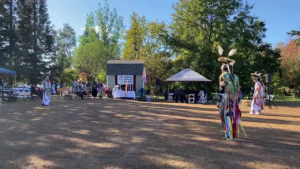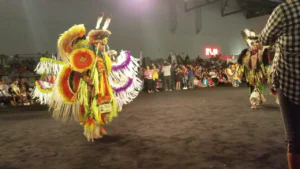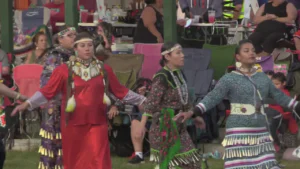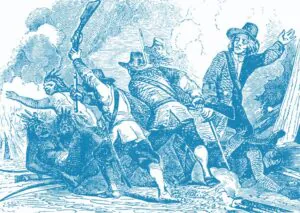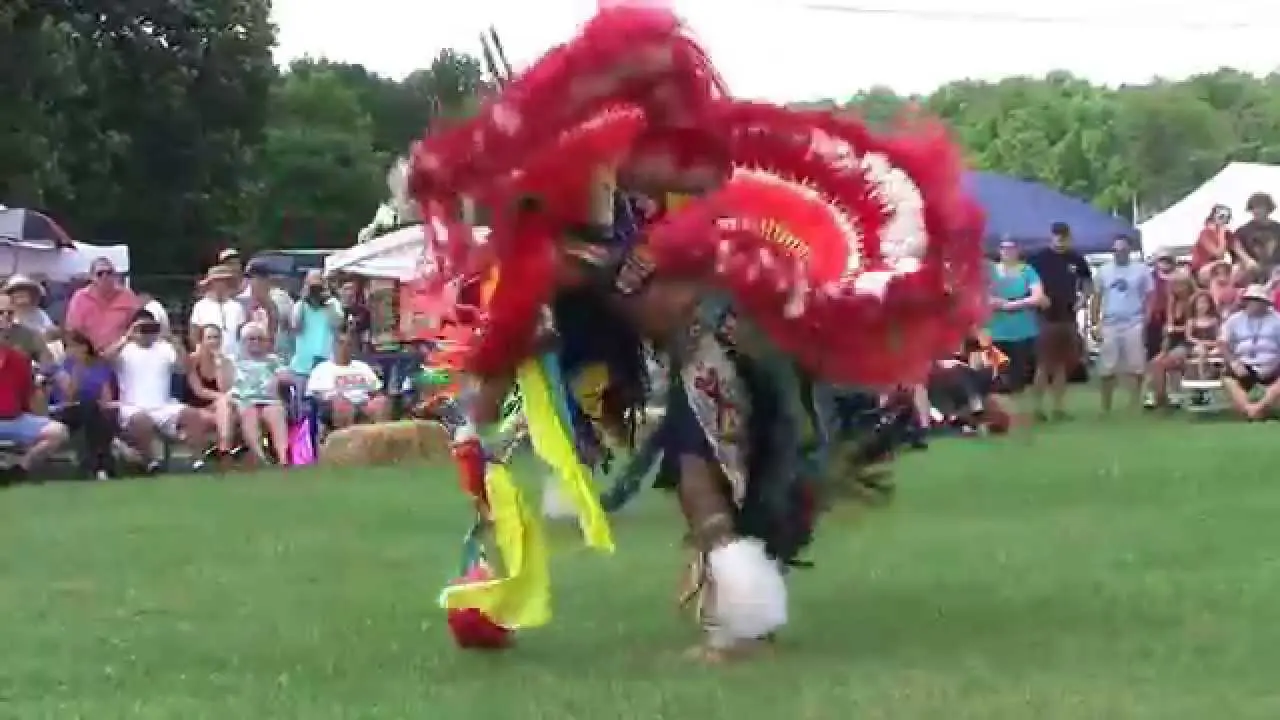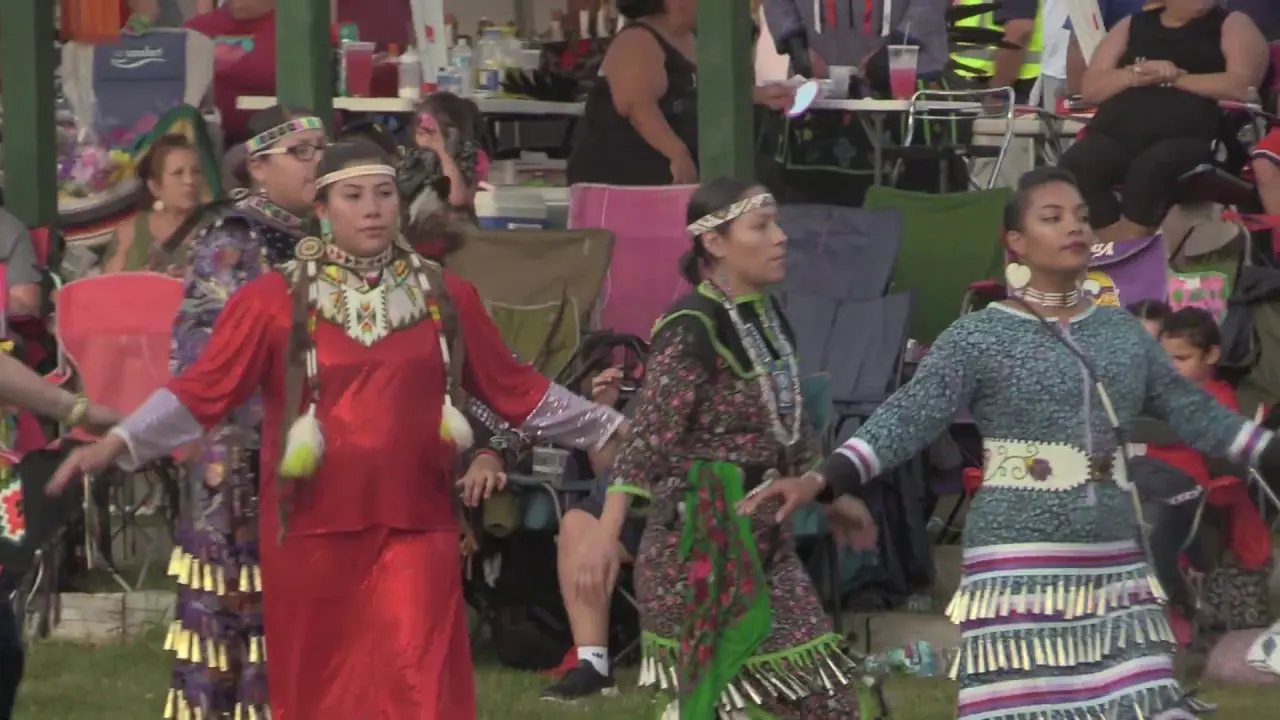The Peach Tree War of 1655 is a historically significant yet often overlooked event in the chronicle of early American conflicts between Native American tribes and European settlers. This skirmish, primarily involving the Dutch settlers in what is now the New York metropolitan area and several Native American groups, is a stark reminder of the turbulent and often violent interactions that shaped the colonial era in North America. Understanding the origins, unfolding, and implications of the Peach Tree War provides a deeper insight into the complex tapestry of early American history.
The roots of the conflict trace back to the Dutch colonization of the Americas. The Dutch West India Company established the colony of New Netherland in 1624, with its capital at New Amsterdam, modern-day Manhattan. As the colony expanded, the settlers’ ever-increasing demand for land inevitably led to tensions with the indigenous populations. These tensions were further exacerbated by the Dutch practice of fur trading, which created rivalries not only between the Dutch and the Native Americans but also among different Native American tribes.
The immediate catalyst for the Peach Treep War, however, was as mundane as it was tragic. The war is said to have been sparked by the killing of a young Native American woman who was caught picking peaches from a tree in the orchard of a Dutch settler. This seemingly minor incident ignited a powder keg of accumulated grievances, leading to a swift and brutal response from the Native American communities.
In the early hours of September 15, 1655, a coalition of Native American warriors from the Lenni Lenape, Wappinger, and possibly other tribes launched coordinated attacks on several Dutch settlements, including Pavonia and Staten Island. The settlers were taken by surprise, and the ensuing violence led to the death of more than a hundred settlers, with many more taken captive. The Native American warriors also destroyed homes, farms, and livestock, causing significant economic damage.
The Dutch colonial authorities, under the leadership of Director-General Peter Stuyvesant, were caught off guard by the ferocity and coordination of the attack. Stuyvesant, who was away in New Amsterdam negotiating a boundary dispute with the English at the time of the attacks, quickly returned to organize a defense and plan a response. However, the damage had been done. The Peach Tree War exposed the vulnerability of the Dutch settlements and underscoredd the precarious nature of European colonial endeavors in the face of determined resistance from indigenous peoples.
In the aftermath of the conflict, a precarious peace was negotiated. Stuyvesant and the Dutch authorities made some concessions to the Native American groups, including the payment of tribute and the release of prisoners. However, the underlying issues of land dispossession and cultural disruption remained unresolved, and tensions continued to simmer beneath the surface.
The significance of the Peach Tree War extends beyond the immediate impact of the conflict itself. It serves as a poignant example of the broader struggles that defined the early colonial period in North America. The clash of cultures, competition for resources, and the profound consequences of European colonization for indigenous peoples are themes that recur throughout American history. The war also highlights the challenges faced by colonial powers in asserting control over vast territories inhabited by diverse and determined Native American communities.
Moreover, the Peach Tree War underscores the complexity of Native American-European relations. It is a testament to the agency of Native American tribes, who were far from passive victims of European colonial expansion. Instead, they actively resisted encroachment through both diplomacy and arms, engaging in a defense of their lands, culture, and way of life.
As we reflect on the legacy of the Peach Tree War, it is essential to recognize it as a chapter in the larger story of America’s foundation. The conflict reminds us of the costs of colonial expansion and the resilience of indigenous communities in the face of external threats. It also encourages a more nuanced understanding of early American history, one that acknowledges the diversity of experiences and perspectives that have shaped the continent.
By examining events like the Peach Tree War, we gain a deeper appreciation for the complex historical narratives that have contributed to the development of the United States. These narratives challenge us to confront uncomfortable truths about displacement, violence, and cultural conflict, but they also highlight the enduring strength and resilience of people in the face of adversity. As such, the Peach Tree War is not merely a historical footnote but a critical piece of the puzzle that is America’s past.
